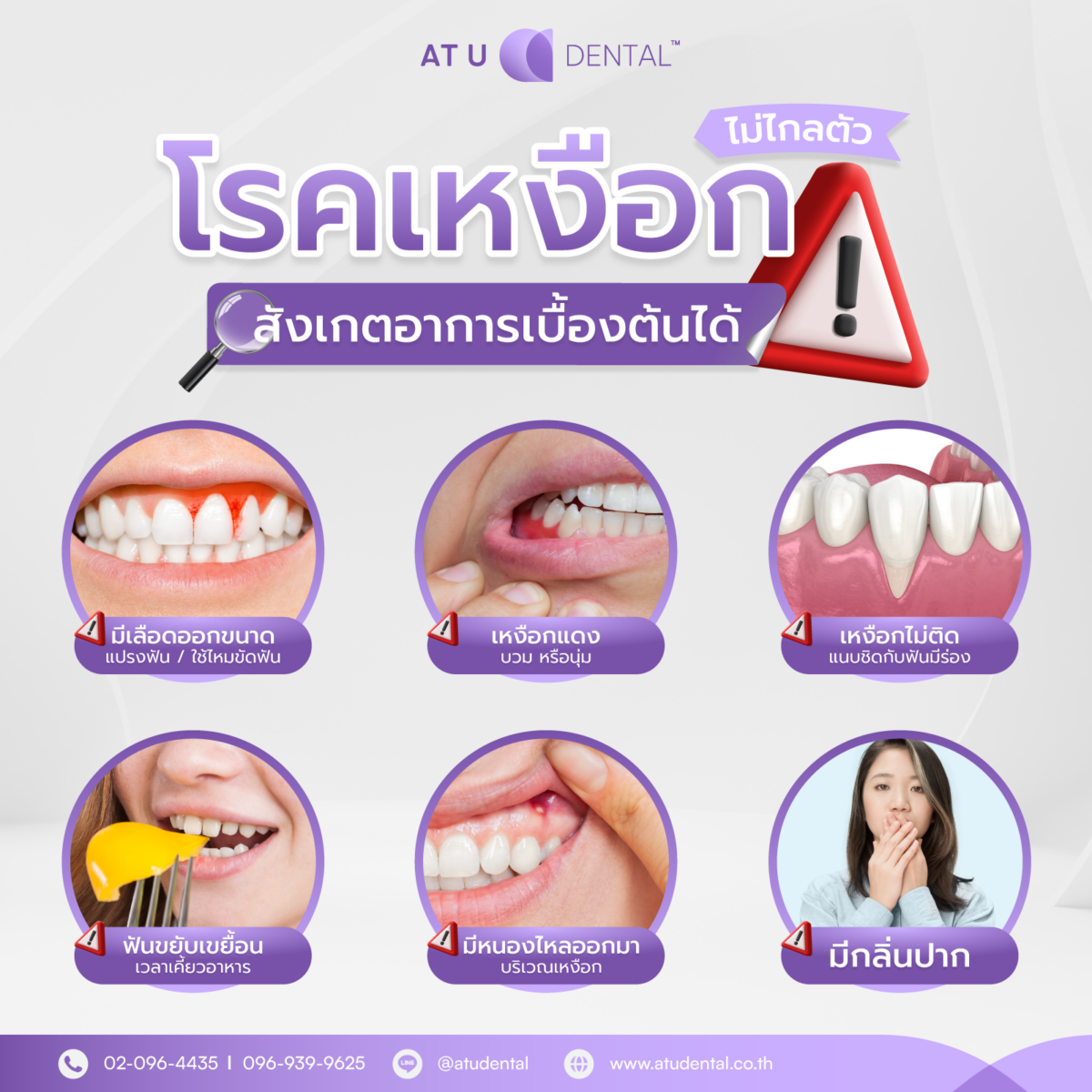Dental Clinic
คลินิคทันตกรรม
Periodontal Treatment
Periodontal treatment focuses on diagnosing and managing gum diseases and the supporting structures of the teeth, such as the jawbone and periodontal ligaments. Gum disease is one of the most common oral health problems, and if left untreated, it can lead to tooth loss and negatively impact overall health. Effective periodontal care is essential for restoring oral health and preventing future complications.

Types of Periodontal Treatments
- Scaling (Tartar Removal)
- Removes plaque and tartar buildup from tooth surfaces and along the gumline
- Reduces bacterial accumulation that causes gum inflammation
- Root Planing (Deep Cleaning)
- A deep-cleaning procedure targeting bacterial toxins embedded beneath the gums
- Helps gums reattach to the tooth roots for better oral stability
- Periodontal Surgery
- Recommended for advanced gum disease cases
- Involves surgical removal of infected tissue and reshaping of bone or gum structures
- Gum Grafting (Tissue Regeneration)
- Ideal for patients experiencing gum recession
- Uses tissue grafts from other areas of the mouth to restore and protect tooth roots
- Laser Periodontal Therapy
- Utilizes advanced laser technology to eliminate bacteria and reduce gum inflammation
- Offers higher precision and faster recovery compared to traditional treatments

Signs You May Need Periodontal Treatment
- Swollen, red, or bleeding gums when brushing or flossing
- Gum recession, making teeth appear longer
- Persistent bad breath or an unpleasant taste in the mouth
- Loose teeth or increasing gaps between teeth
- Gum pain or inflammation around the teeth
Steps in Periodontal Treatment
- Diagnosis and Assessment
- The dentist will evaluate gum and tooth health and use specialized tools to measure gum recession and pocket depth.
- Plaque and Bacteria Removal
- Scaling and root planing are performed to remove hardened plaque and bacterial deposits.
- Targeted Treatment
- For severe cases, surgical intervention or laser therapy may be needed to remove infected tissue.
- Follow-Up and Prevention
- Patients receive oral hygiene guidance to prevent recurrence of gum disease.
Frequently Asked Questions (FAQ)
Q: Can periodontal disease be completely cured?
A: If detected early and managed properly, gum disease can be controlled and prevented from worsening.
Q: Does periodontal treatment hurt?
A: Some discomfort may occur, but local anesthesia is used to minimize pain during the procedure.
Q: How often should I get periodontal treatment?
A: Depending on severity, regular dental check-ups every six months are recommended.
Q: How does gum disease affect overall health?
A: Untreated gum disease may increase the risk of heart disease, diabetes, and other health issues.
Q: How can I prevent gum disease?
A: Proper brushing, flossing, and routine dental visits help maintain gum health.
Periodontal treatment plays a crucial role in preventing and managing gum disease. Seeking care from experienced dental professionals ensures better outcomes. Following proper oral hygiene habits can significantly reduce the risk of gum disease. Protect your gums—schedule a dental check-up today!
References:
- The Dental Association of Thailand
- Guidelines for Gum Disease Treatment – Ministry of Public Health
- Periodontal Disease and Therapy: A Comprehensive Guide
- Expert insights from periodontal specialists
Dental Treatment


